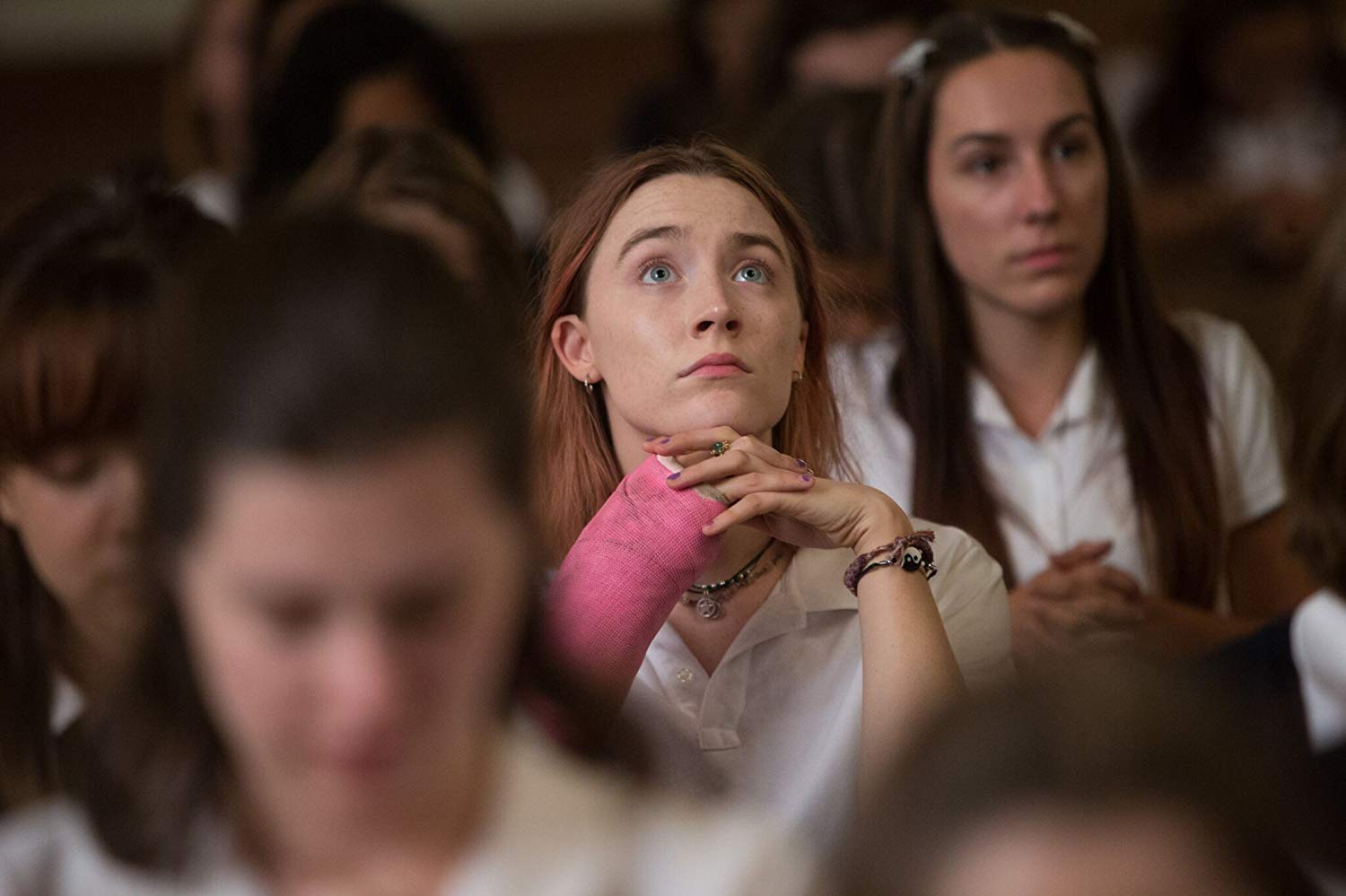After a long, hot summer of lifeless franchise burnouts (sprinkled with the occasional gem), filmgoers are lucky to have had three of the year’s absolute best films expanding their limited releases this past month: Bertrand Bonello’s French terrorism thriller “Nocturama,” the Safdie brothers’ seedy crime picture “Good Time” and Kogonada’s indie drama “Columbus,” coming to Atlanta for a weeklong run at Midtown Art Cinema. Simply put, “Columbus” is an unmissable work of art, a beautiful examination of the architecture of the soul.
The first feature by master video essayist Kogonada, who takes his pen name from Yasujiro Ozu’s longtime co-writer Kogo Noda, “Columbus” opens with a gripping scene. A woman traverses a gorgeous building with a stark white interior design that clashes with a rainbow of books and furniture. She searches for a professor. Clad in a wide-brimmed hat, he stands viewing a massive lawn, and they begin to explore the building together. As she starts to speak to a colleague on the phone, he collapses, unconscious. What follows is the meeting of two characters who share a special connection in the city of Columbus, Ind. — known as the Mecca of modernist architecture in the United States.
One of these characters is Jin (John Cho), the Korean-born son of the man who collapsed in the opening scene. He is in Columbus to visit his hospitalized father, who’s accompanied by family friend Eleanor (Parker Posey). Jin’s father was once a world-famous architecture scholar, but Jin offers little care for the subject — to some degree out of contempt for his father’s neglect and general disinterest in him. The second half of this connection is Casey (Haley Lu Richardson), a precocious, architecture-obsessed young woman who has turned down college offers to stay and care for her addict mother.
The two meet in one of the film’s strongest scenes. Casey offers Jin a cigarette, talking as they walk, separated by a fence. As they become more intimate, they meet at the fence’s end, introducing the film’s major motif of architecture as both a literal and symbolic emotional space. While Kogonada certainly shares some of his compositional techniques with Ozu — an unmoving camera, still lives and spare sound design — not since Michelangelo Antonioni has another filmmaker considered the existential weight of the buildings and spaces that surround us to such a brilliant extent. Kogonada also excels at framing the equally stunning interior sequences, particularly in a series of shots that depict Jin’s father’s hat towering over Jin. These two shots serve as a sort of couplet, a poetic refrain at the ends of the film’s narrative acts.
Cho has never been better than his work here as Jin, a quiet storm of paternal discontent and emotional abandonment as he grapples with the familial obligations that come with his Korean heritage. It leaves one wishing that he, and other Asian actors, would be given more lead roles as complex as this in a time where multilayered portrayals of Asian identity are unfortunately rare in American cinema. As Casey, Richardson — who was excellent in last year’s “The Edge of Seventeen” — gives a rich performance, containing an inner burning for knowledge. It is a star-making piece of work that should rocket her into the forefront of the cultural conversation.
In one of the best scenes in recent memory, Jin asks Casey what moves her about a certain building after she spouts off superficial facts about it like a tour guide. Once she begins to explain, the film cuts to the interior, the glass silencing the pair’s dialogue, leaving both actors to fully express with their faces and gestures in a remarkable show of transparency.
Despite their gravitational pull to each other, Jin and Casey are foils in a way. He is forced to stay in Columbus to contend with his past, while she must leave the city to be freed from hers. What forms is the backbone of a beautiful onscreen relationship, one in which the characters mutually need each other to move on with their lives. And the city itself becomes a third main character, attracting just as much of Kogonada’s focus. It feels alive, occupied by the personal ghosts of Jin’s and Casey’s lives, just like the ones he describes from Korean funerary rituals. In that sense, “Columbus” is next in a line of great films that grant a physical place the weight of an entire human being’s history.
Experimenting with self-distribution after receiving a grant from the Sundance Film Festival, “Columbus” is not the type of film that most major companies would take a risk on. Frankly, that’s because it is a great film — but that makes it all the more crucial to seek out. To anyone who cares about the medium of cinema, make it your priority to see “Columbus” this week. It could be one small step to help change the architecture of our hellish media landscape for the better.
Grade: A






